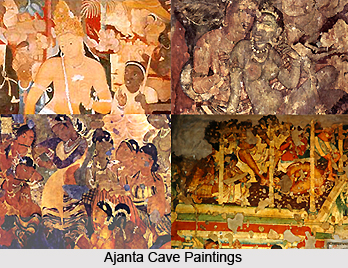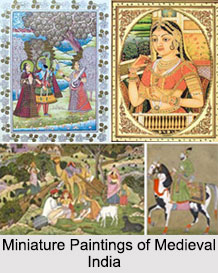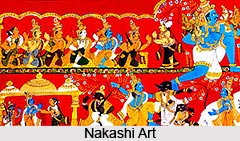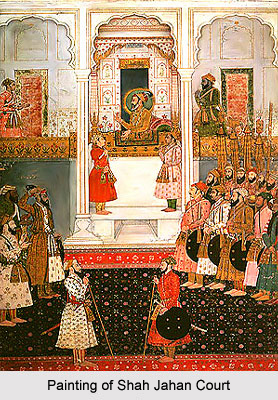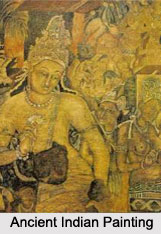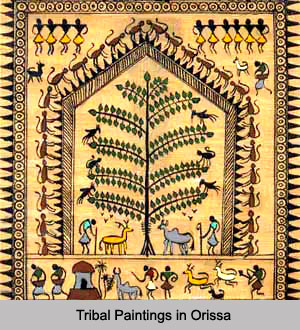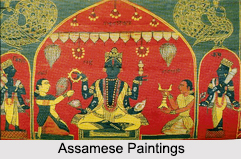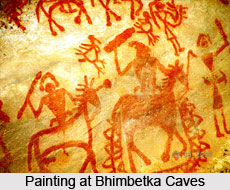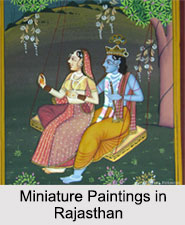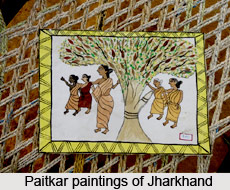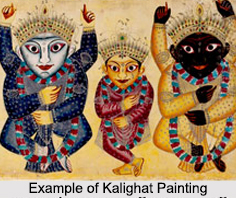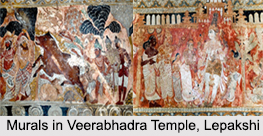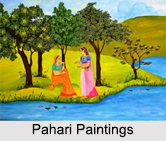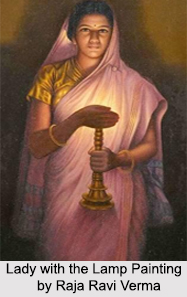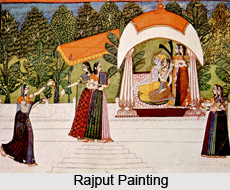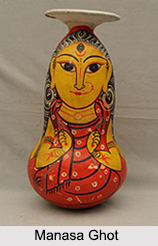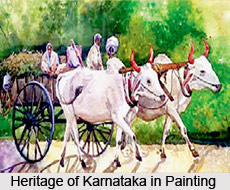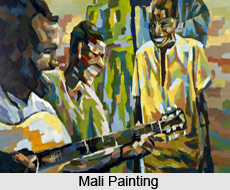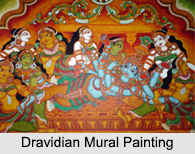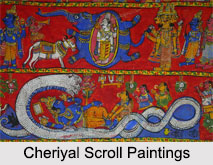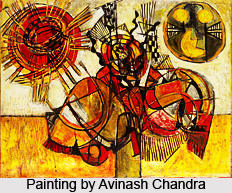 Avinash Chandra was born in the year 1931. At the age of 21, he was the youngest artist who was granted a solo show by the lauded Bombay Progressives Artists Group and was awarded top prize in the first National Exhibition of Indian Art at the Lalit Kala Akademi in 1955. He became the first painter to sell a work of art to the then newly-opened Museum of Modern Art, New Delhi. He graduated from the art department at Delhi Polytechnique in 1952.
Avinash Chandra was born in the year 1931. At the age of 21, he was the youngest artist who was granted a solo show by the lauded Bombay Progressives Artists Group and was awarded top prize in the first National Exhibition of Indian Art at the Lalit Kala Akademi in 1955. He became the first painter to sell a work of art to the then newly-opened Museum of Modern Art, New Delhi. He graduated from the art department at Delhi Polytechnique in 1952.
Avinash felt that the pressure to paint in a "European style" which was taught by his professors subdued his creativity. He moved to London in 1956 looking for stylistic liberation. He used bold colours. His stylistic musings came together in November 1958.
The artist comments that "Mine was an upbringing that taught me to think in straight lines but, perversely, I had to think in circles." Chandra`s stylistic musings abruptly came together in November of 1958. This new period in his work hurled him into the market of art. This secured him international exhibitions. His discovery of new forms brought him back to the scenery of native India that allowed him to reinterpret the architecture and landscape of London. Noted poet and writer W. G. Archer was one of Avinash Chandra`s ardent supporters during this time. This work truly embodies the saturated palette, ethos and cheerful energy of the West during the late 1960s.
He also became the first Indian-British artist to be featured at the Tate Gallery, London in the year 1965. The female form is his source of inspiration. Chandra`s works are erotic joining the sensuality of the female form with other poetic imageries. He died in the year 1991 September 15th.
This article is a stub. You can enrich by adding more information to it. Send your Write Up to content@indianetzone.com.
